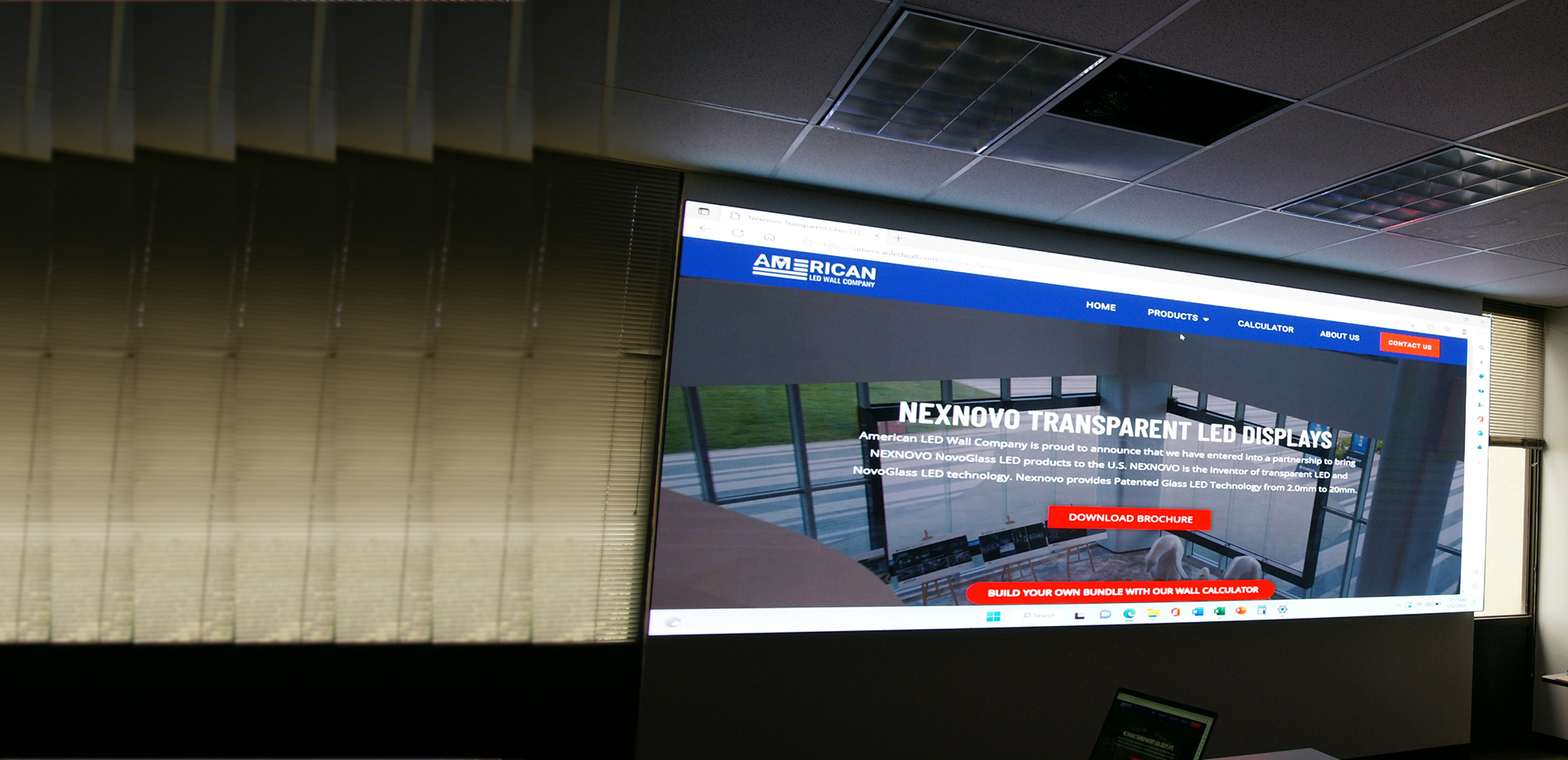Investigating the Fundamental Elements That Influence Luminance in Light Emitting Diode Wall Panels
Investigating the Fundamental Elements That Influence Luminance in Light Emitting Diode Wall Panels
Blog Article
LED panel screens are progressively favored for and promotion and leisure due to their bright and vivid displays. Understanding the elements that influence the brightness of these panels is crucial for producers and consumers alike. Brightness is typically measured in nits, which indicates how much illumination is emitted from the surface of the screen. Numerous key elements contribute to the overall luminosity, including the kind of Light Emitting Diode used, the quality of the screen materials, and the energy provided to the screen.
The type of Light Emitting Diode chip used in a wall screen plays a significant role in its brightness. Various LEDs emit varying levels of light output, which gauge the amount of light perceptible to the human eye. High-quality components, such as those made using advanced technology, can generate brighter light with higher efficiency. Furthermore, the color temperature of the Light Emitting Diode also affects apparent luminosity. For instance, cooler hue tones (higher K values) can appear more luminous than warmer ones, even at the identical light output rating. This feature is vital for applications where clarity is important, such as in external advertising.
The materials used in the construction of Light Emitting Diode wall screens also influence their luminosity. The type of substrate and encapsulation materials can influence how much light is conducted versus how much is taken in or scattered. For example, a panel made with premium clear glass will permit more illumination to pass through than one made with inferior materials. Additionally, the design of the panel, including its thickness and the arrangement of the Light Emitting Diodes, can enhance or reduce brightness by influencing how illumination is spread across the screen.
The energy supply provided to the Light Emitting Diode wall screens is another key element in determining luminosity. Each LED component has a particular electric potential and current requirement for ideal performance. If the energy supply falls short, the luminosity of the panel will diminish. Conversely, providing too much energy can find out lead to overheating and reduced durability of the LEDs. Therefore, maintaining a consistent and adequate power source is essential for realizing uniform luminosity levels. This is especially important in changing screens, where brightness may need to be modified for different illumination conditions.
Lastly, environmental elements can affect how luminosity is check it out viewed. Surrounding light conditions play a significant role in how luminous an LED panel panel looks. In luminous daylight, for example, a screen with a lower luminosity rating may struggle to be visible clearly, while a higher-brightness screen can stand out more efficiently. Additionally, the perspective from which the screen is viewed can influence brightness appearance due to how illumination reflects off surfaces. Comprehending these factors helps consumers select the right LED wall screen for their needs and ensures that manufacturers produce products that meet luminosity expectations for different applications.